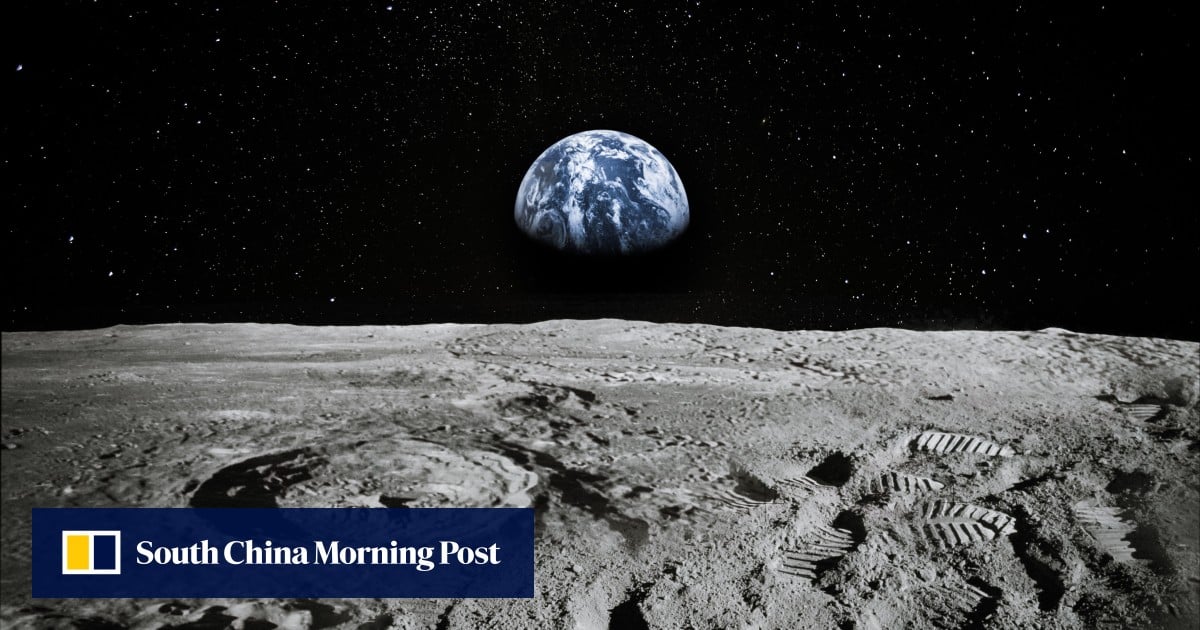
China’s upcoming Chang’e-8 moon mission will offer an unprecendented amount of space for equipment for other countries.
The mission is currently slated to launch in 2028, and will have 200kg (440lb) of payload capacity for interested countries, Wang Qiong, the mission’s deputy chief designer, said on Monday.
These could be instruments fixed to the lander or items such as robots, rovers and flight vehicles that can work independently after landing, Wang told the International Astronautical Congress in Baku, Azerbaijan.
Letters of intent must be submitted to China National Space Administration by the end of this year, and priority will be given to innovative projects, robots which can grab objects from the moon’s surface – including lunar soil – and scientific instruments that complement Chinese ones.
CNSA also welcomes mission-level cooperation, where China and its partners would launch and operate their probes separately but carry out spacecraft-to-spacecraft interaction in orbit or joint exploration on the surface, he said.
Opening up as much as 200kg payload mass for international partners is unprecedented.
Did India land spacecraft near moon’s south pole? Top China scientist says not
Did India land spacecraft near moon’s south pole? Top China scientist says not
Wang said potential landing sites included the Shackleton-de Gerlache connecting ridge or three craters – Leibnitz Beta, Amundsen or Cabeus – all of which are are believed to harbour water-ice that could be used to support a lunar base.
He said the mission is still in the concept design phase and will comprise a lander, a rover and operation robot, as well as testing resource utilisation technology.
It will carry a total of 14 instruments to conduct geological investigations, moon-based Earth observations and on-site lunar sample analysis, as well as testing technology on enclosed terrestrial ecosystems.
The equipment it carries will include cameras, a seismometer, a soft X-ray telescope, a low-frequency electromagnetic field detector, a multispectral imager for Earth observation.
The four payloads on the rover will include a lunar penetrating radar, infrared spectrum mineral analyser and equipment to analyse and store samples.
Thomas Zurbuchen, a former Nasa science associate administrator, said that he was excited to see China’s moon exploration plans.
China will train Venezuelans to join Beijing’s moon project, says Maduro
China will train Venezuelans to join Beijing’s moon project, says Maduro
“Exploring the moon, like the colleagues from China had told us, changes not only our understanding of the moon but also the relationship between the moon and the Earth, and hence the history of the Earth,” said Zurbuchen, who is now a professor at ETH Zurich in Switzerland.
He also highlighted the benefits of international cooperation in space, saying: “In a space community, [I hope] we can transcend some of the boundaries that separate us here on Earth and work together as one.”


